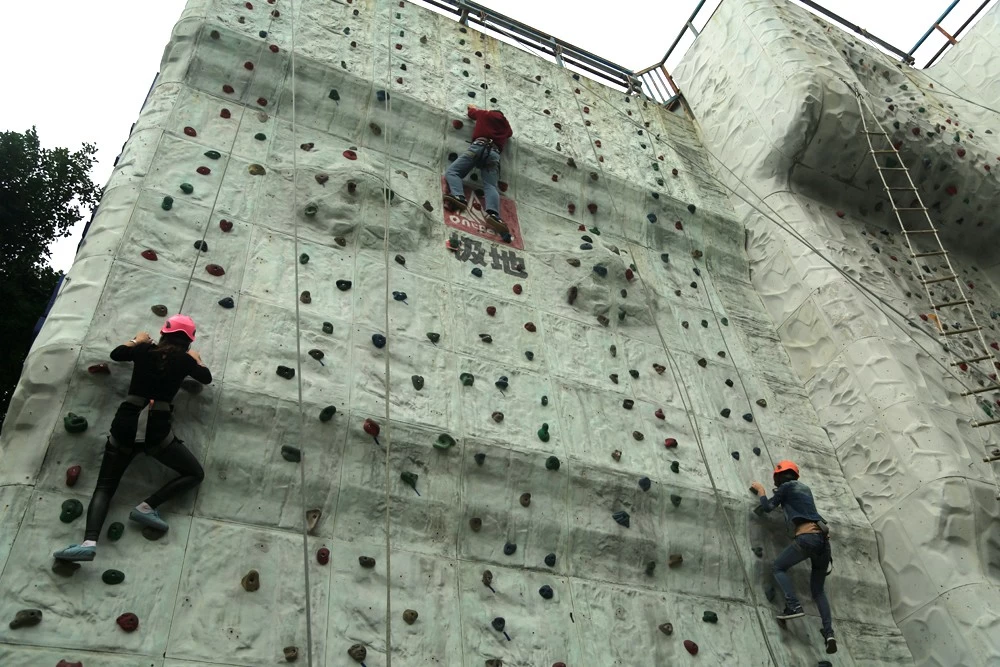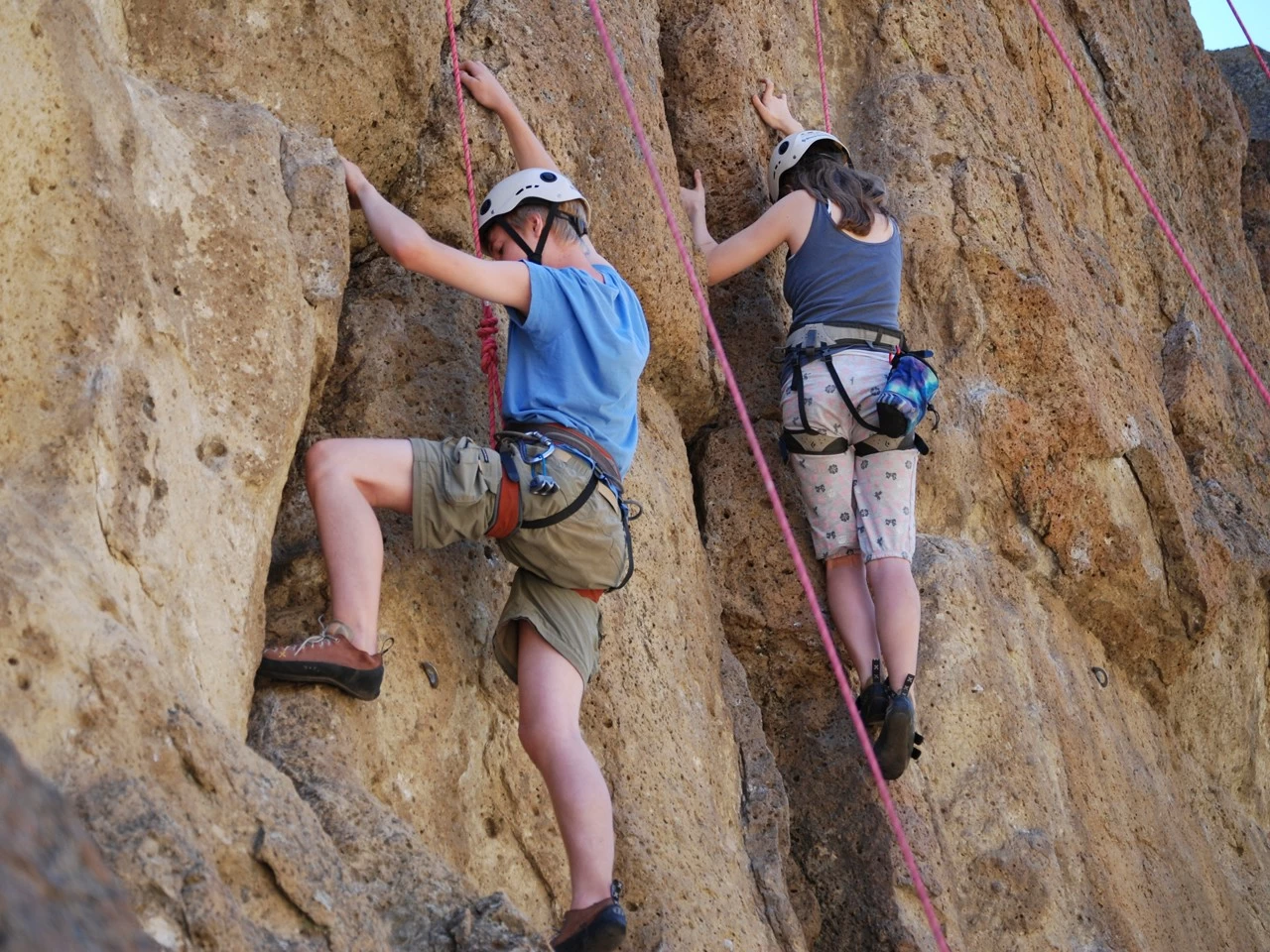Rock Climbing History
helmet
Rock Climbing History
2015-12-27 17:36:37
Rock climbing history is traced back to mountaineering itself. Climbing in the mountains has always involved climbing over rocks and up cliffs.
Early climbers in Germany and Great Britain in particular pursued rock climbing with a passion.
By the 1920’s, rock climbing still considered a part of mountaineering was gaining a foothold in the United States.
However, many viewed rock climbing as a trivial pursuit in comparison to the success of summiting a mountain.

It was not until the 1950’s that rock climbing begin to mature and gain acceptance as sport apart from mountaineering. This acceptance made many people excited about rock climbing, which paved the way for the development of new techniques as well as the climbing grading systems. It is said that any country with significant rock climbing history most likely has its own climbing grading system.
The United States led the way in the 60’s and 70’s, to a great extent because of the Yosemite Climbers. These dedicated climbers pushed the limits of aid climbing and free climbing.
As the sport of rock climbing matured and standards of difficulty rose, oddly the length of the cutting-edge climbs gradually shortened. In the 1960’s the big routes were the multi-day wall climbs, and free-climbing played a secondary role. But over time, more and more climbers focused on doing harder and harder free routes, which led to harder and harder individual moves.

With the new focus being placed on harder moves the most famous routes became short, single-pitch free climbs of fierce difficulty.
The 80’s then began a shift in climbing. Due to such a focus on doing harder moves on routes traditional placement of protection began to be replaced by fixed protection. This was an important time in rock climbing history. This new type of climbing became known as sport climbing and was accepted in the climbing community fairly quickly.
Sport climbing changed the history of rock climbing and made indoor climbing inevitable. The trend of sport climbing actually exploded upon Europe more so then the United States.
History has taught us much about rock climbing. To this day climbing is gaining popularity and people from all over the world are becoming obsessed with this wonderful sport we call climbing.
Events in the History of Rock Climbing
One of the earliest recorded climbs is Antoine de Ville’s ascent of Mont Aiguille in 1492.
The start of mountaineering’s modern era is often attributed to the ascent of Mont Blanc in 1786.

By 1910 German and Italian climbers had mad large strides in rope handling technique as well as the development of carabiners and pitons.
A leap in rock climbing history was accomplished by Emilio Comici in the Dolomites right around 1930. Emilio Comici was the inventor and proponent of multi-step aid ladder, solid belays, the use of a trail/tag line, and hanging bivouacs. Simply stated he is basically credited to big wall climbing.
Early climbers in Germany and Great Britain in particular pursued rock climbing with a passion.
By the 1920’s, rock climbing still considered a part of mountaineering was gaining a foothold in the United States.
However, many viewed rock climbing as a trivial pursuit in comparison to the success of summiting a mountain.

It was not until the 1950’s that rock climbing begin to mature and gain acceptance as sport apart from mountaineering. This acceptance made many people excited about rock climbing, which paved the way for the development of new techniques as well as the climbing grading systems. It is said that any country with significant rock climbing history most likely has its own climbing grading system.
The United States led the way in the 60’s and 70’s, to a great extent because of the Yosemite Climbers. These dedicated climbers pushed the limits of aid climbing and free climbing.
As the sport of rock climbing matured and standards of difficulty rose, oddly the length of the cutting-edge climbs gradually shortened. In the 1960’s the big routes were the multi-day wall climbs, and free-climbing played a secondary role. But over time, more and more climbers focused on doing harder and harder free routes, which led to harder and harder individual moves.

With the new focus being placed on harder moves the most famous routes became short, single-pitch free climbs of fierce difficulty.
The 80’s then began a shift in climbing. Due to such a focus on doing harder moves on routes traditional placement of protection began to be replaced by fixed protection. This was an important time in rock climbing history. This new type of climbing became known as sport climbing and was accepted in the climbing community fairly quickly.
Sport climbing changed the history of rock climbing and made indoor climbing inevitable. The trend of sport climbing actually exploded upon Europe more so then the United States.
History has taught us much about rock climbing. To this day climbing is gaining popularity and people from all over the world are becoming obsessed with this wonderful sport we call climbing.
Events in the History of Rock Climbing
One of the earliest recorded climbs is Antoine de Ville’s ascent of Mont Aiguille in 1492.
The start of mountaineering’s modern era is often attributed to the ascent of Mont Blanc in 1786.

By 1910 German and Italian climbers had mad large strides in rope handling technique as well as the development of carabiners and pitons.
A leap in rock climbing history was accomplished by Emilio Comici in the Dolomites right around 1930. Emilio Comici was the inventor and proponent of multi-step aid ladder, solid belays, the use of a trail/tag line, and hanging bivouacs. Simply stated he is basically credited to big wall climbing.









